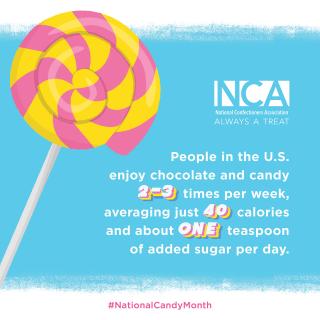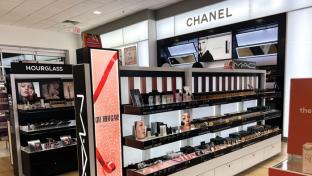
Financial Well-Being & Consumption Trade-Offs
Back in May, U.S. retail sales revenue — including both discretionary (or non-essential) general merchandise and CPGs — increased 2% compared to the same month last year as unit sales declined 3%, according to research from Circana (formerly IRI and The NPD Group).
Other takeaways include:
• The growth came primarily from food and beverage CPG spending (a 5% increase in sales revenue and a 2% unit-sales decline).
• Non-edible CPG sales revenue grew 2%, while unit sales fell 4%.
• Spending on discretionary general merchandise continued to decrease through May, with a decline of 5% in sales revenue and 8% in units.
• Sales of apparel, technology and other “traditionally high-volume” categories declined from a year ago.
• Prestige beauty was the only category to exceed the sales growth noted in the food and beverage industry, with sales revenue up by 16%.
• Mass-market beauty sales grew by 9%.
• E-commerce gained the largest share of sales revenue so far this year, rising more than 2 share points.
• Department stores maintained a steady share of the market.
Also notable: the average number of items purchased in a shopping trip this year is smaller than it was last year. Consumers have also begun their migration to more “value-focused” retail options, a change Circana says is likely a precursor of what’s on the horizon for the rest of the retail industry.
Additionally, according to Deloitte’s financial well-being index and State of the Consumer Tracker for June 2023:
• Fewer consumers are citing concerns around their level of savings, worsening financial situations and delaying large purchases as inflation eases.
• Spending intentions have mostly remained flat across 2023 as consumers prioritize summer travel and building savings back up.
• Spending on durable goods grew 1.4% in April from March after shrinking in the previous two months.

Snacking & Candy Attitudes
According to the National Confectioners Association (NCA), June’s designation as National Candy Month is gaining momentum with both retailers and consumers nationwide. Major retail activations related to National Candy Month started in 2020 with just 570 stores nationwide. By 2022, more than 50,000 stores participated in summer promotions. The trend is continuing in 2023, despite factors impacting consumer spending habits.
Economic uncertainty, self-checkout lanes, omni-channel shopping, and natural and organic trends are impacting the way consumers are purchasing and consuming snacks and candy, according to a survey from Acosta Group.
For example, the increased use of self-checkout, which is preferred by 76% of Gen Z and 73% of Millennial shoppers, is putting candy sales at risk. More than 25% of all candy sales occur at checkout, with self-checkout reducing impulse candy conversion purchases by 50%.
Other recent insights include:
• Chocolate is preferred (82%) over non-chocolate.
• 54% of shoppers say they eat more candy than they should.
• Four in 10 consumers are eating candy at least once a day, with Millennials and higher income households eating more.
• 30% of shoppers said they’re buying less candy than last year due to high prices and health concerns.
• A majority of adults regularly replace meals with snacks, with parents much more likely to do so (eight in 10 parents versus two-thirds of non-parents), per a Del Monte Foods survey.
• More than three-quarters of adults said convenience and portability are qualities they consider with snacks (per Del Monte).
• Fruit is a key component of what is currently missing from snacks (per Del Monte).



